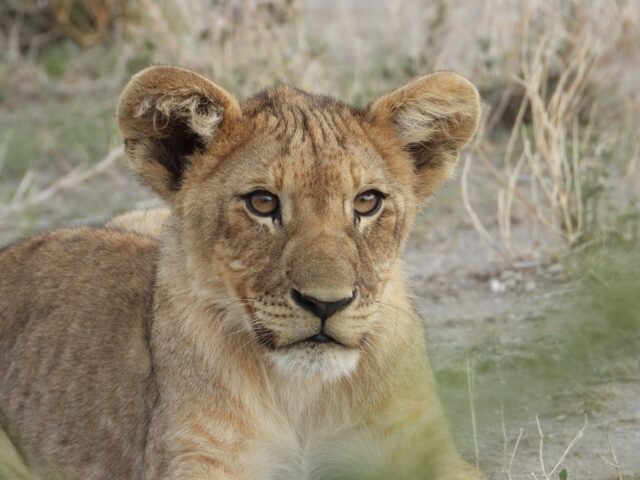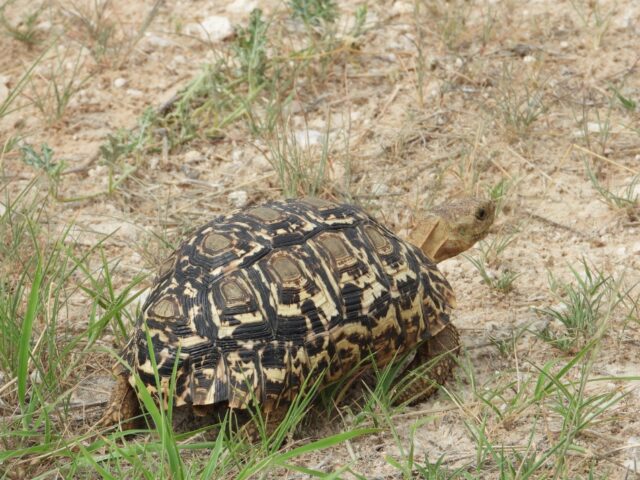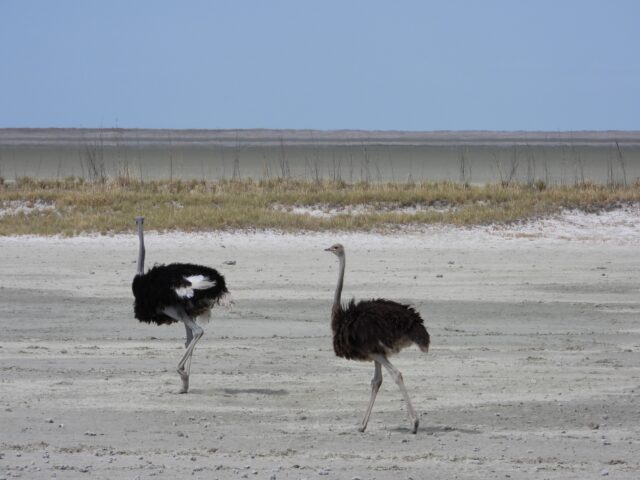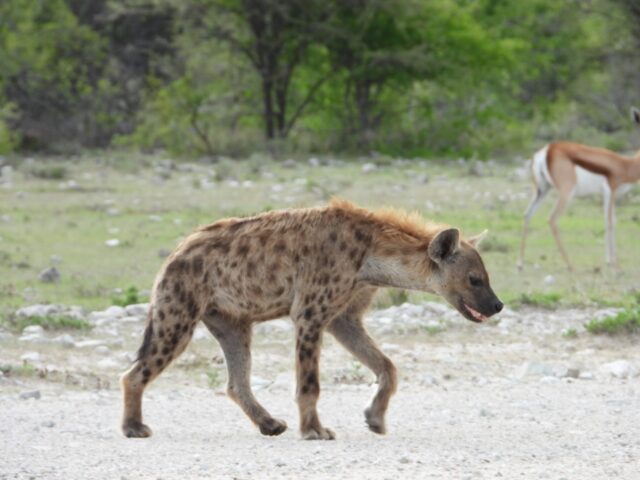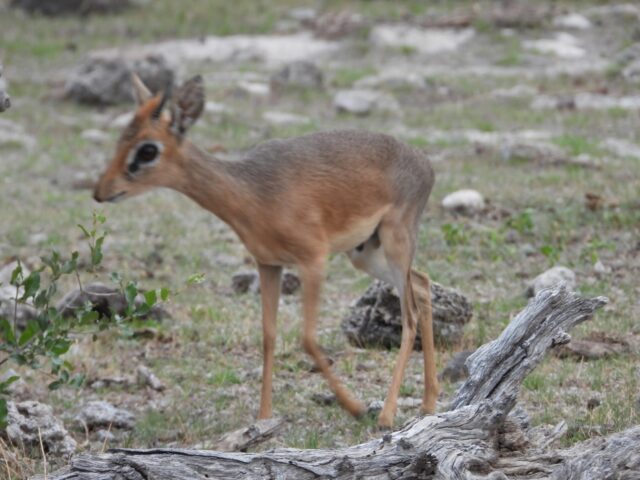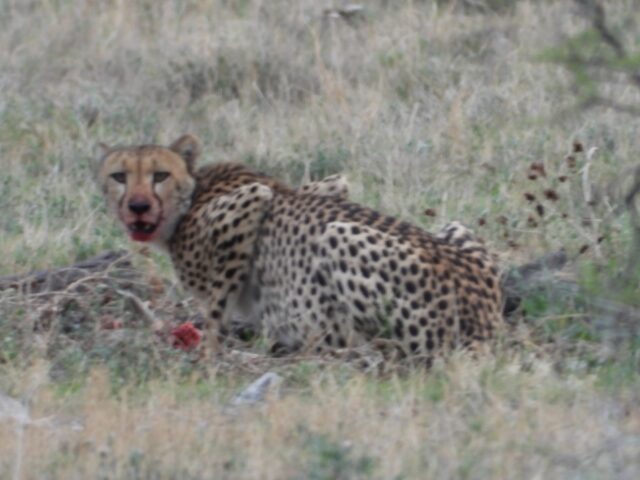Information
Namutoni is situated on the eastern side of Etosha pan, just inside the von Lindequist entrance to Etosha National Park. It is an improbably beautiful Beau Geste-style fort situated in an area dotted with graceful makalani palms. It derives its name from the old German fort around which it is built and it overlooks the King Nehale waterhole. The presence of this fort undoubtedly gives Namutoni more character than the other rest camps inside the park.
It is also the closest Camp to the picturesque Fischer’s Pan, so expect great concentrations of waterbirds around here when it’s wet – including a breeding colony of flamingos.
There are a number of waterholes around Namutoni, and because the Etosha National Park is geared towards self-drive game viewing, you will be able to visit these whenever you want to. Namutoni also offers three guided game drives per day: early in the morning, late in the afternoon and at night.
Rooms
There are 20 bush chalets and 24 double rooms. All rooms have en-suite facilities of a bath and shower, a toilet, mini-bar, air-conditioning and a tea/coffee station. Mosquito nets are fitted to the front and back doors.
• Double Rooms: accessed along wooden walkways and offer comfort & privacy with access to a private
area both at the front and from the bathroom. Equipped with a fridge & tea station.
• Bush chalets: spacious and private, with double shower and basin bathroom. Sliding doors give access
to a relaxation area in the front of the chalet while an outside shower is reachable via the bathroom.
Equipped with a fridge & tea station.
Facilities
Built into an old German Historic Fort built in 1897, Namutoni Resort is the perfect setting for a cultural adventure African savannah. It is located in the eastern part of the Etosha National Park in close proximity to the Fisher’s Pan – a hotspot for birders.
In 1907, the German Governor, Dr Friedrich von Lindequist, proclaimed the region south, north and west of the Etosha Pan as a game reserve on 22 March 1907. This area was referred to as Game Reserve No 2 and encompassed the Etosha Pan and the Kaokoveld from the Kunene River in the north to the Hoarusib River in the south – a total area of about 90 000 km². The size of the park has been reduced considerably since it was first proclaimed in 1907, but it still remains larger than several European countries.
Today the Etosha National Park has a size 22 912 km², making it one of the largest national parks in Africa, with the Etosha Pan, covering 4 730 km², 21% of the park area.

